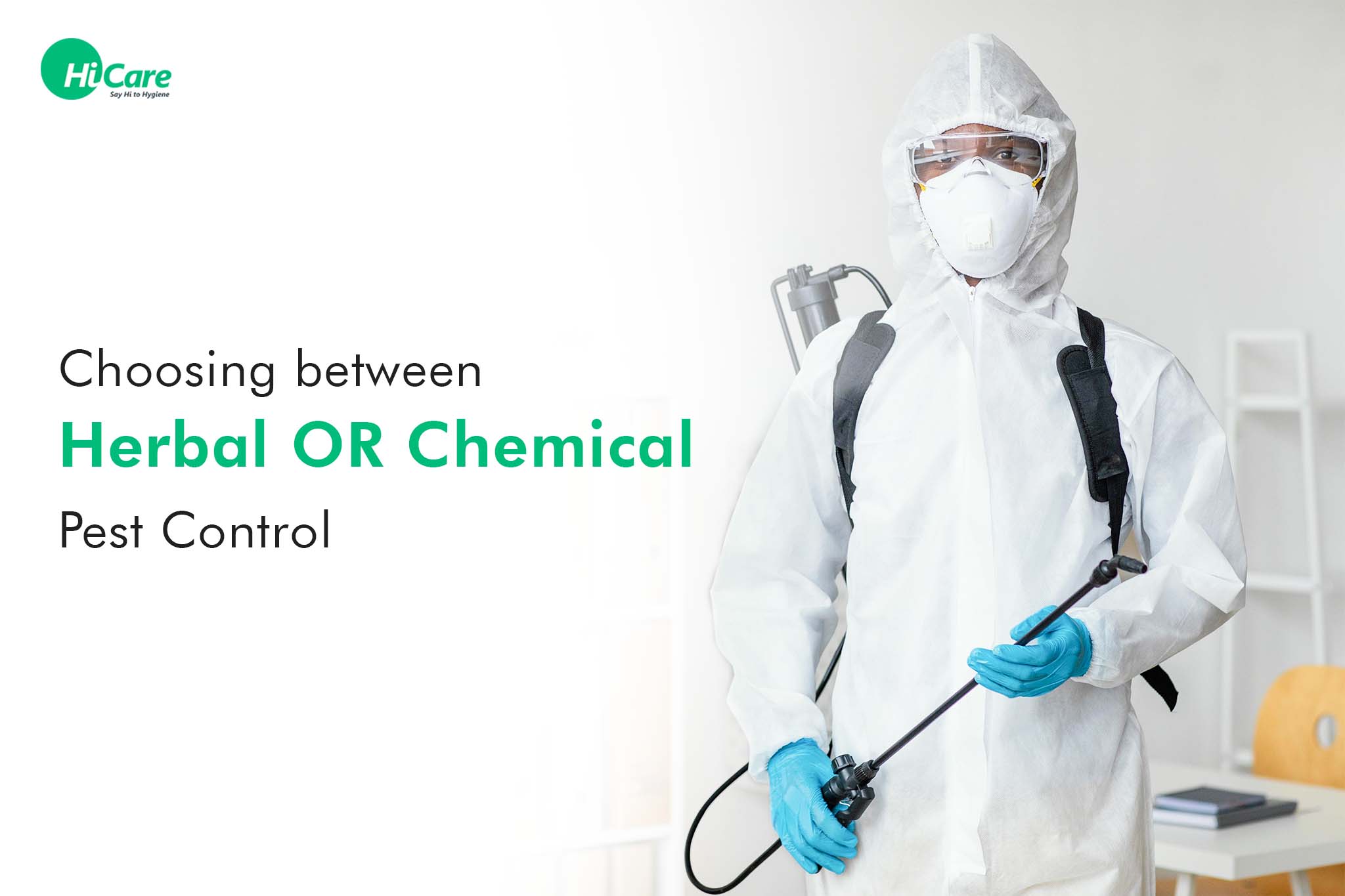Bed Bug Treatment Malfunction: Comparing Chemical Vs. Non-Chemical Solutions
In the realm of parasite control, particularly when handling the consistent issue of bed insects, the selection in between chemical and non-chemical therapy solutions can be an essential one. Both approaches provide unique benefits and downsides, influencing elements such as efficiency, security factors to consider, and overall expense. By checking out the nuanced details of each method, a clearer understanding of which path to pursue in dealing with a bed insect invasion can be acquired.
Effectiveness of Chemical Therapies
Chemical therapies for bed insect invasions have been extensively recognized for their potent and quick effectiveness in eradicating these parasites. When taking into consideration the efficiency of chemical therapies, it is vital to understand that they can offer a detailed and quick option to a bed pest problem.
In addition, chemical treatments have the benefit of providing recurring impacts, suggesting that they can continue to get rid of bed bugs also after the initial application. This residual activity is particularly advantageous in combating any kind of potential re-infestations. Furthermore, the quick activity of chemical treatments can bring relief to people encountering serious bed pest infestations, enabling them to reclaim control of their home promptly.
Safety Worry About Chemical Solutions
One critical element that calls for cautious consideration when making use of chemical services for bed pest treatment is making certain the safety and security of residents and the setting. Exposure to specific chemicals used in bed pest treatments can lead to respiratory system issues, skin inflammation, or various other negative reactions, particularly in people with pre-existing conditions or level of sensitivities.
Furthermore, the ecological influence of chemical services is one more substantial consideration. Some chemicals made use of in bed bug treatments might be damaging to beneficial insects, wildlife, and ecosystems if they seep right into the soil or water systems. It is crucial to make use of chemical treatments carefully, adhering to safety and security guidelines, and considering less hazardous choices to minimize these risks and make certain the safe and effective administration of bed insect invasions.
Advantages of Non-Chemical Strategies
Taking into consideration the possible security issues and ecological effect connected with chemical services for bed bug therapy, exploring non-chemical techniques provides an appealing choice with a number of distinct benefits. Non-chemical therapies are eco friendly, as they do not add to air or water pollution, making them a lasting option for insect control.
Additionally, non-chemical options pest guard can be reliable in targeting bed pests, including hard-to-reach areas where chemical therapies might not penetrate - A1 bed bug exterminator charlotte. Techniques such as warm treatment, vacuuming, vapor cleansing, and cushion coverings give complete eradication without the use of hazardous chemicals.
Limitations of Non-Chemical Treatments

Additionally, non-chemical treatments usually require multiple applications to accomplish effective removal. This can be lengthy and might not constantly assure complete removal of all bed pests and their eggs, specifically in hard-to-reach or covert places.
Furthermore, the success of non-chemical treatments greatly depends on correct implementation and thoroughness, which can be challenging for people without specialist competence. Poor application of non-chemical approaches may lead to incomplete elimination, bring about relentless infestations and the demand for additional therapies.
Therefore, while non-chemical therapies have their benefits, it is vital to recognize these constraints and consider them when determining one of the most reliable approach for handling bed bug infestations.
Price Contrast: Chemical Vs. Non-Chemical Options
Given the limitations associated with non-chemical therapies, an important aspect to review in the context of bed bug management is the price comparison between chemical and non-chemical options. Chemical treatments generally involve the application of pesticides by experts, which can vary from $250 to $900 per room, relying on the intensity of the invasion and the size of the location to be treated. In contrast, non-chemical treatments like warmth treatment or steam can be extra expensive, with prices varying from $1,000 to $6,000 for an entire home. While the first cost of chemical treatments may appear lower, numerous treatments might be needed to fully get rid of the invasion, possibly boosting the overall cost. On the other hand, non-chemical choices might supply an extra eco-friendly and sustainable remedy, although they can be cost-prohibitive for some individuals. resource Inevitably, when thinking about the cost of bed insect therapy alternatives, it is important to evaluate the in advance expenditures against the performance and long-lasting sustainability of the picked method.
Final Thought

Taking into consideration the possible safety issues and ecological influence linked with chemical solutions for bed pest therapy, exploring non-chemical methods provides an appealing choice with a number of distinctive advantages.Offered the constraints associated with non-chemical treatments, an essential aspect to assess in the context of bed bug administration is the expense contrast in between chemical and non-chemical options. In comparison, non-chemical therapies like warmth therapy or vapor can be more pricey, with prices varying from $1,000 to $6,000 for a whole home. While the first cost of chemical treatments might appear reduced, several therapies might be required to completely eliminate the infestation, potentially enhancing the general cost.In conclusion, when comparing chemical and non-chemical bed pest therapy options, it is vital to think about efficiency, safety, that site advantages, constraints, and price.
Comments on “Quality A1 Pest Control Services Charlotte - Protect Your Home”